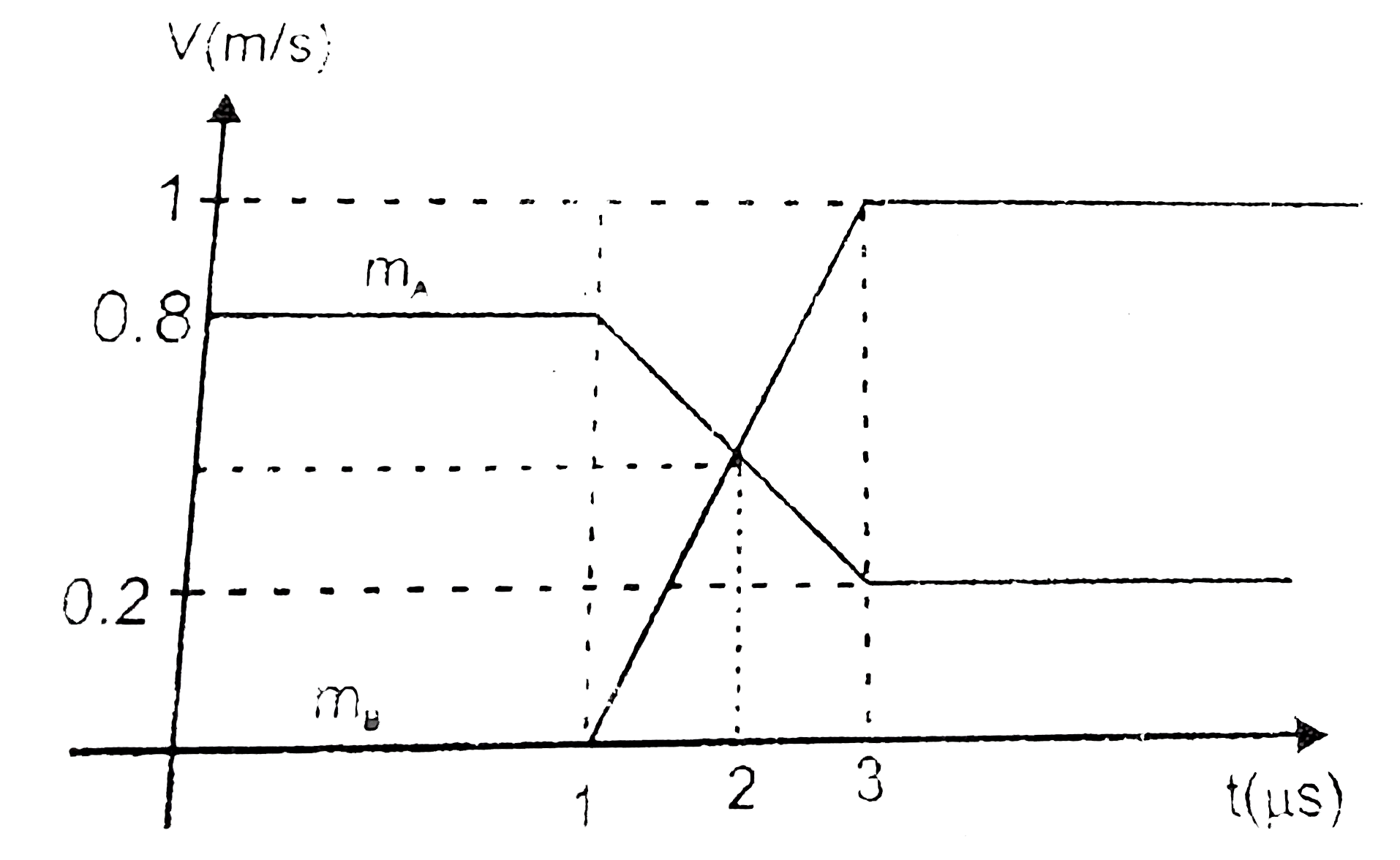The block has mass
Step by step video & image solution for The block has mass by Physics experts to help you in doubts & scoring excellent marks in Class 11 exams.
Similar Questions
Knowledge Check
- Question 1 - Select One
A granite block in the shape of a right rectangular prism has dimensions 30 centimeters by 40 centimeters by 50 centimeters. The block has a density of 2.8 grams per cubic centimeter. What is the mass of the block, in grams? (Density is mass per unit volume.)
A336B3360C16800D168000
Determine the acceleration of the 5kg block A . Neglect the mass of the pulley and cords . The block B has a mass of 10kg, The coefficient of kinetic friction between block B and the surface is μk=0.1 (take g=10m/s2)
 View Solution
View Solution
The block of mass m is kept on plank of mass M. The block is given velocity V0 as shown. The coefficient of friction between the block of mass m and plank of mass M is μ and its value is such that block becomes stationary with respect to plank before it reaches the other end. Then:View SolutionThe block of mass m is at rest. Find the tension in the string A .
 View Solution
View Solution
A block B is placed over a cart which in turn lies over a smooth horizontal floor. Block A and Block C are connected to block B with light inextensible strings passing over light frictionless pulleys fixed to the cart as shown. Initially the blocks and the cart are at rest. All the three blocks have mass m and the cart has mass M(M=3m). Now a constant horizontal force of magnitude F is applied to block A towards right.
Q. Let the coefficient of friction between block B and cart is μ(μ>0) and friction is absent everywhere else. Then the maximum value of force F applied to block A such that there is no relative acceleration between block B and cart isView SolutionThree blocks are initially placed as shown in the figure. Block A has mass m and initial velocity v to the right. Block B with mass m and block C with mass 4m are both initially at rest. Neglect friction. All collisions are elastic. The final velocity of blocks A is
 View Solution
View SolutionThree blocks are placed on smooth horizontal surface and lie on same horizontal straight line. Block 1 and block 3 have mass m each and block 2 has mass M(M>>m). Block 2 and block 3 are initially stationary, while block 1 is initially moving towards block 2 with speed v as shown. Assume that all collisions are head on and perfectly elastic. What value of M/m ensures that block 1 and block 3 have the same final speed?
 View Solution
View SolutionThere are two blocks A and B placed on a smooth surface. Block A has mass 10 kg and its is moving with velocity 0.8 m/s towards stationary B of unknown mass. At the time of collision, their velocities are given by the following graph :

Maximum deformation potential energy is :View Solution


